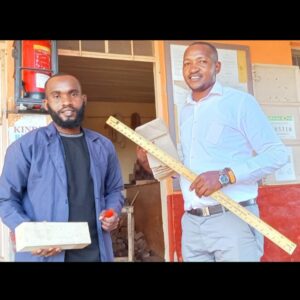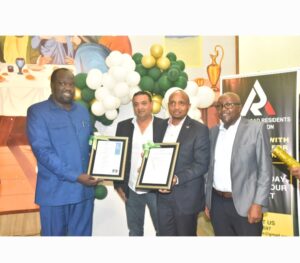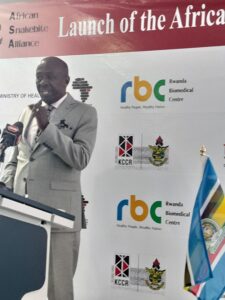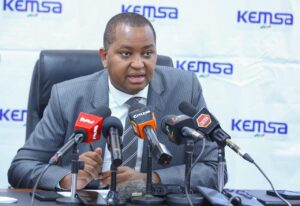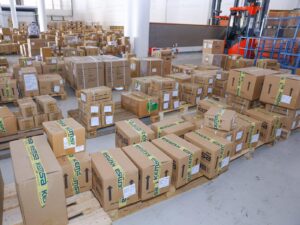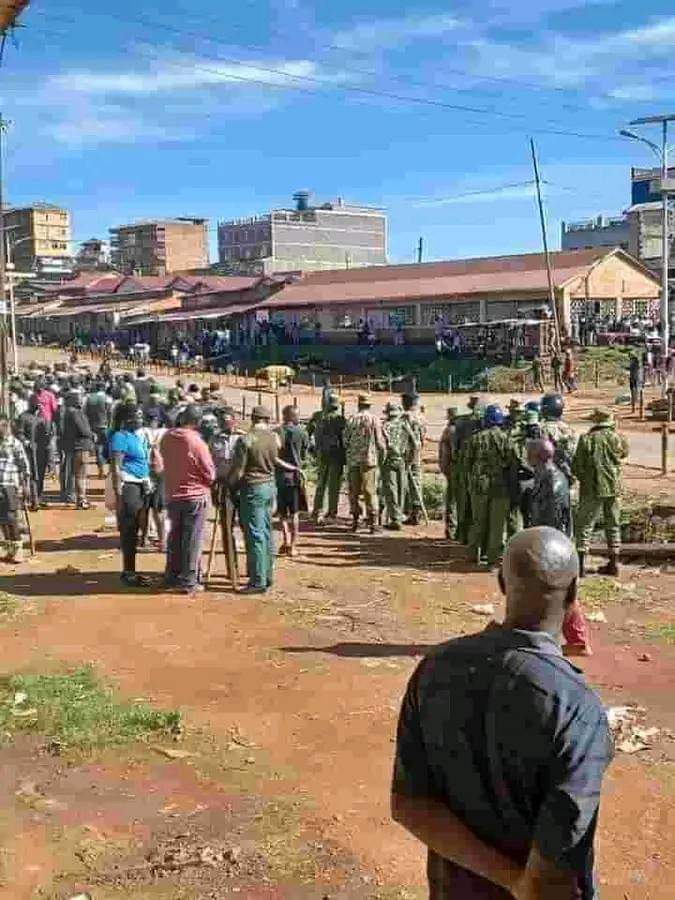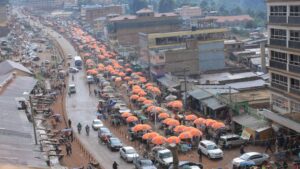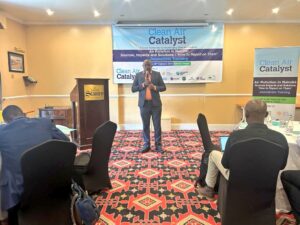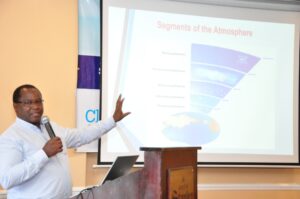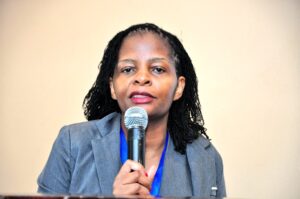Kimani Wa Makaratasi a Beacon of Hope for youth is a humble and kind person. He does not boast of his achievements, he rather uses his God-given talents as leverage for other youths whilst inspiring them to achieve their potential.
He is Kimani wa Makaratasi, the founder and Chief executive Office of Jamii Products, a fully-Kenyan born company dealing with recycling khaki paper and fabricating awesome products from the same.
We caught up with this gentleman in his workshop and this is what he had to share with us:
“My idea was born out of the Government’s Declaration of a “total Ban” on single-use plastics way back in 2017. The Government envisaged a cleaner environment and thereby imposed the ban, which triggered my imagination on a more climate-friendly mode of packaging. It’s then that I started making packaging bags out of khaki paper which is 100% biodegradable (meaning it does not pose a threat to our environment. Moreover, its also 100% recyclable, with nothing going to waste,” he noted.
Our hawk-eyed crew noticed workers as busy as a bee pre-forming, casting and making very attractive packaging bags and gift packs, not to forget cake boxes. The workshop was a beehive of activities with the very humble CEO throwing an eye here and there to see that everything runs smoothly.
“Currently Jamii Products Limited has employed twenty full-time staff who eke a living out of this business. Mostly youths, I am focused on delivering them from the voracious threat of drug, substance, and psychotropic substance abuse – which sometimes renders them zombies. I’m also very alive to our government’s commitment of the Bottom Up Economic Transformation agenda (BETA) which envisions to uplift and empower those on the bottommost tier of the pyramid,” he added.
He is an Equal-Opportunity Provider
The Constitution of Kenya (promulgated in 2010); Article 54 (A person with any disability is entitled;
(a) to be treated with dignity and respect and to be addressed and referred to in a manner that is not demeaning;
(b) to access educational institutions and facilities for persons with disabilities that are integrated into society to the extent compatible with the interests of the person;
(c) to reasonable access to all places, public transport and information;
(d) to use Sign language, Braille or other appropriate means of communication; and
(e) to access materials and devices to overcome constraints arising from the person’s disability.
stipulates that all Kenyans are entitled to the highest standards of living, including persons living with disabilities. Cognizant of this fact, Kimani wa Makaratasi offers them FREE TRAINING thereby empowering them with hands-on skills to be able to live a decent, independent life, thus dignifying them. Training classes take 7-10 days with a very affordable fee of Ksh 15,000 and one is open for all regardless of their education level and no age limits.
Kimani wa Makaratasi also carries out Corporate Social Responsibility (CSR) for prisoners country-wide.
